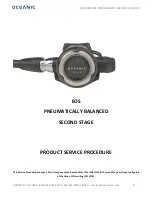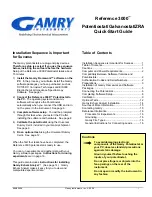
Playing Styles Automatically with Your Custom Chord Progressions (Chord Looper)
CVP-809/CVP-805 Reference Manual
40
The recorded chord progression data can be memorized to the Chord Looper Memory locations [1] – [8], and these eight
patterns of data can be saved as a single Chord Looper Bank file.
NOTE
The Chord Looper Memory can also be saved (or exported) in single, individual patterns (
).
1
Record the desired chord progressions (steps 1 – 5 on
).
You can stop recording also by turning [Rec/Stop] off or pressing the STYLE CONTROL [
R
/
J
] (START/STOP)
button, instead of touching [On/Off].
NOTICE
If you select a Chord Looper Memory number which contains the memorized data or turn off the power to the
instrument before going to the next step, the chord progression data you’ve recorded will be lost.
2
Confirm the data has been recorded, and then touch [Memory].
If the recorded data exists, the letters of [On/Off] at the right bottom of the display are shown in white.
3
Touch the desired Chord Looper Memory number ([1] – [8]) to memorize the chord
progression data.
When the data is memorized, the chord progression is shown in the cell of the selected number. If there is not
enough space to show all the chords, some chords are omitted.
4
As necessary, repeat steps 1 – 3.
5
Touch
(Save) to save the data in the Chord Looper Memory [1] – [8] as a single Bank file.
NOTICE
If you select another Chord Looper Bank file or turn off the power to the instrument before saving the file, the
memorized data will be lost.
NOTE
Each Chord Looper Memory is named automatically such as “CLD_001,” but it can be renamed by exporting the file
(
).
Saving the Recorded Data as a Bank File
3
1
5
2
Chord Looper Memory
(Eight data slots are saved as
a single file)
Recorded
data exists
No recorded
data
















































